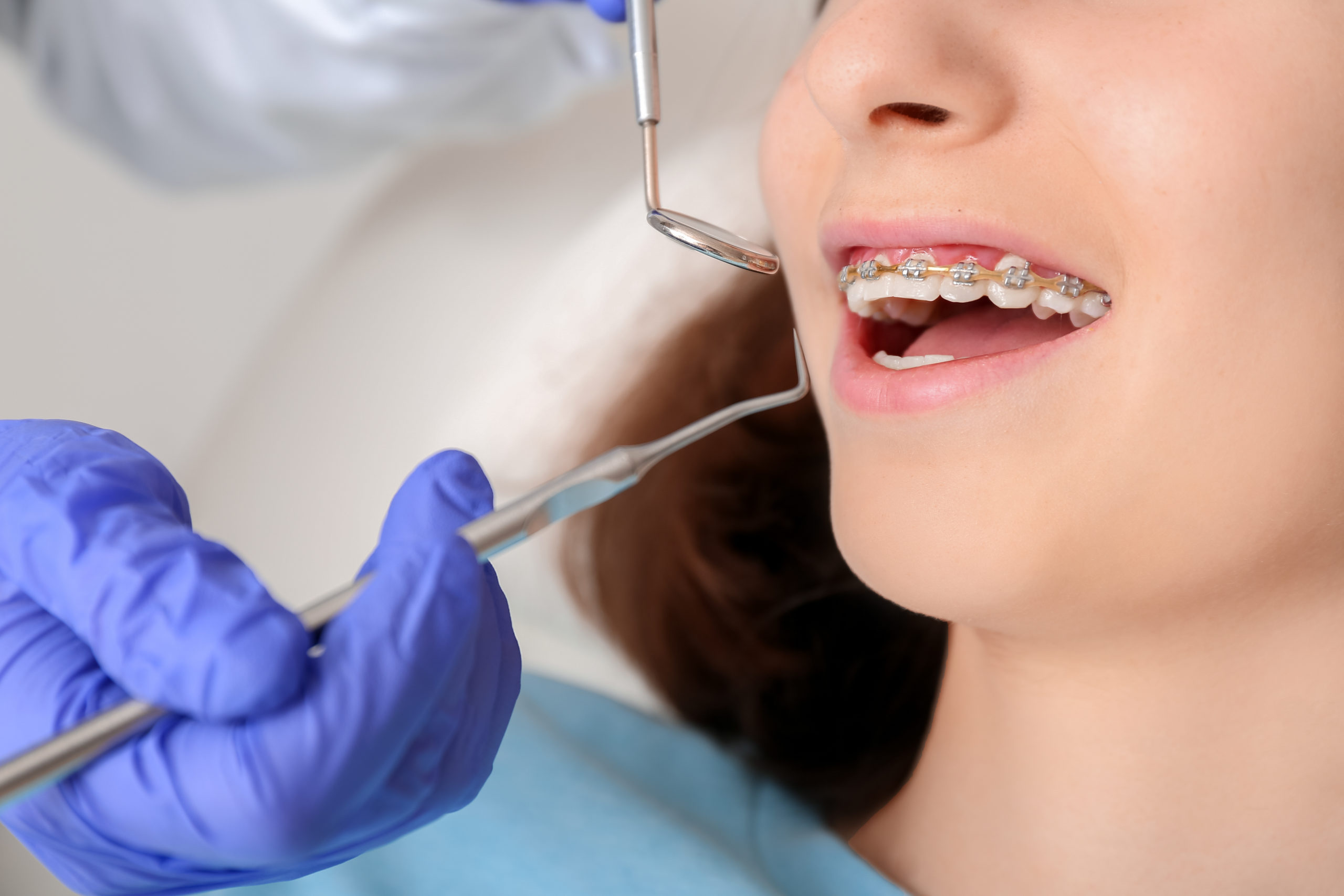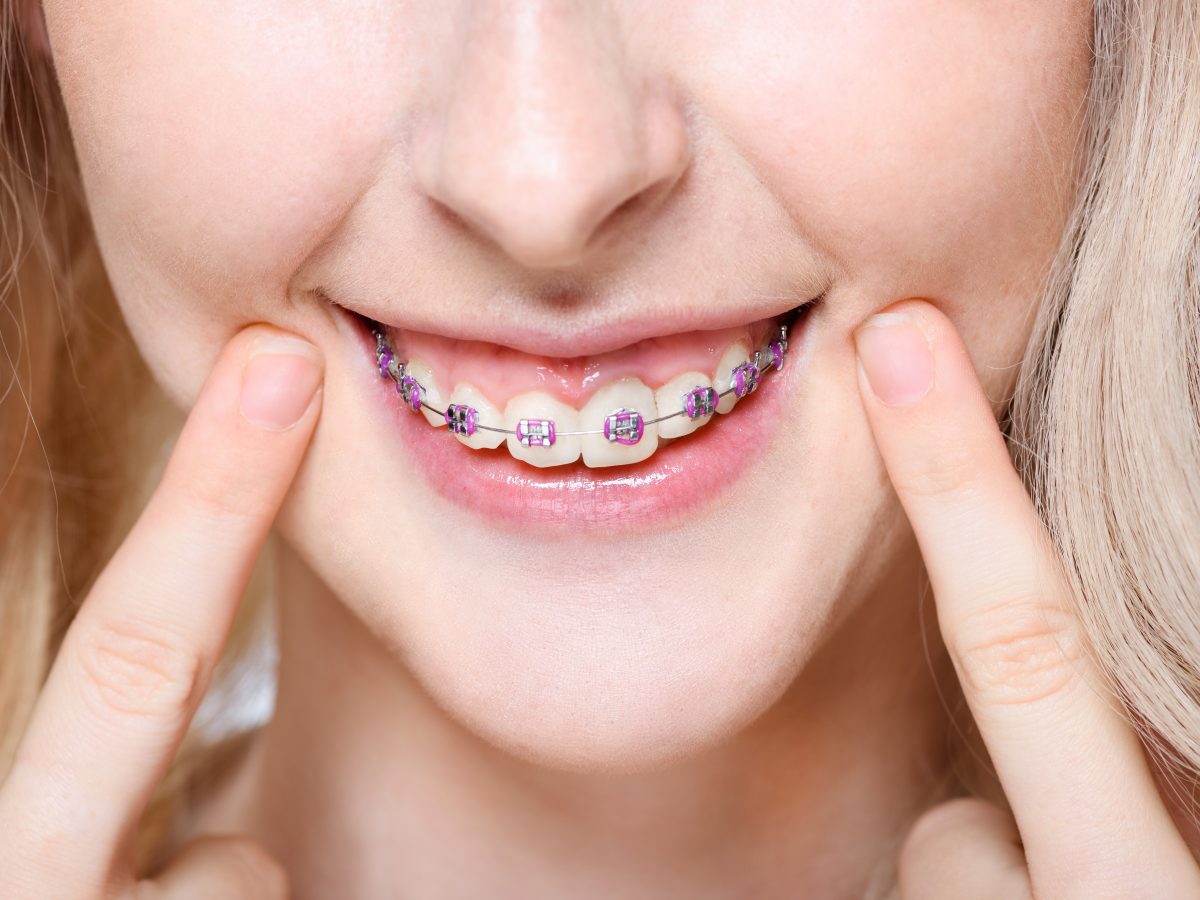Professional Cumming Braces and Aligners: What to Know Prior To You Check out
Comprehensive Overview to Orthodontics Treatments for Correcting Oral Imbalances
In the realm of orthodontics, the journey to attaining a flawlessly lined up smile involves a myriad of procedures customized to correct dental misalignments. From standard braces to invisible aligners and even medical choices, the area of orthodontics offers a series of services to attend to differing levels of oral abnormalities. Recognizing the intricacies of each procedure, including their systems, advantages, and prospective downsides, is crucial in making informed decisions about one's orthodontic treatment. As we navigate through the extensive guide to orthodontic procedures for correcting dental misalignments, the intricate details of each approach will certainly unravel, dropping light on the path toward a harmonious and functional oral positioning.
Orthodontic Procedures Overview

Along with traditional dental braces and clear aligners, orthodontists might also advise other interventions like headwear, palatal expanders, or retainers to deal with certain alignment problems (braces). These treatments are customized per client's unique needs and may entail a mix of treatments to achieve the preferred outcomes. Routine adjustments and tracking are vital parts of orthodontic therapy to guarantee progression gets on track and to make any kind of necessary adjustments along the road. By going through orthodontic procedures, clients can not just achieve a straighter smile however likewise improve their total dental wellness and function.
Traditional Dental Braces: Just How They Function
When taking into consideration orthodontic treatments for oral misalignments, typical dental braces stand out as a reliable method for remedying teeth positioning. Traditional braces are composed of braces, wires, and bands that work with each other to use continuous pressure on the teeth, slowly relocating them right into the desired positioning.
As stress is applied to the teeth with the dental braces, the bone bordering the teeth is improved to sustain the new tooth settings. People will need regular modifications at the orthodontist's workplace to ensure the braces continue to use the correct pressure for effective teeth motion.
Invisible Aligners: Disadvantages and pros
These clear, tailor-made trays are basically invisible when used, making them an enticing option for people looking for a much more aesthetically pleasing orthodontic treatment. Clients can get rid of the aligners before eating or cleaning their teeth, decreasing the risk of food obtaining stuck in the device and simplifying the cleansing process.

Surgical Orthodontic Options
Surgical treatments in orthodontics present feasible alternatives for attending to complex dental misalignments that may not be successfully dealt with via standard orthodontic therapies. While standard braces and unnoticeable aligners can deal with several orthodontic concerns, particular situations require medical treatment to attain optimum results. Surgical orthodontic alternatives are commonly recommended for serious malocclusions, significant jaw discrepancies, and instances where the underlying bone framework requires alteration to achieve correct placement.
One usual medical orthodontic treatment is orthognathic surgical procedure, which entails rearranging the jaws to correct practical problems such as problem speaking or chewing. This surgical procedure is frequently carried out in partnership with an orthodontist who assists line up the cosmetic dentistry cost teeth before and after the procedure. Surgical orthodontics may likewise include treatments to subject influenced teeth, get rid of excess gum tissue, or reshape the jawbone to produce an extra unified facial profile.
Prior to taking into consideration medical orthodontic options, clients undertake a detailed analysis to identify the need and possible advantages of such interventions. braces. While surgical treatment may appear overwhelming, it can considerably enhance both the function and appearances of the smile in instances where traditional orthodontic therapies fall short
Retainers and Post-Treatment Treatment

Failing to comply with post-treatment care directions can result in relapse, where the teeth progressively relocate back towards their initial placements. Consistent retainer wear, excellent dental health, and normal dental exams are crucial for preserving the outcomes achieved through orthodontic surgery and guaranteeing the long-term stability of the fixed oral alignment.
Conclusion
In final thought, orthodontic treatments supply various options for correcting oral imbalances. Typical braces use steel brackets and wires to move teeth right into appropriate placement. Invisible aligners supply a more discreet choice however may not be ideal for all situations. Surgical orthodontic choices are available for much more extreme imbalances. Retainers are typically utilized post-treatment to maintain the brand-new placement. Generally, orthodontic procedures can successfully improve oral wellness and visual appearance.
As we browse via the detailed overview to orthodontic treatments for fixing dental imbalances, the intricate details of each technique will certainly unravel, losing light on the course toward a harmonious and functional dental positioning. - orthodontics
One of the most common orthodontic therapies is the use of dental braces, which consist of steel braces and cords that use mild pressure to progressively change teeth into the family dental clinic preferred setting.When thinking about orthodontic therapies for oral imbalances, conventional dental braces stand out look at here now as a time-tested technique for remedying teeth positioning. Furthermore, undetectable aligners may not be appropriate for intricate orthodontic problems that require even more significant teeth movement, as they are usually recommended for light to moderate cases. Retainers are customized orthodontic tools developed to hold teeth in their dealt with positions after the conclusion of orthodontic therapy.